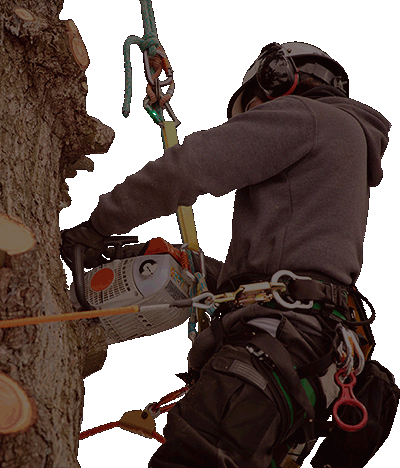
In under 60 seconds, we could think of 60 reasons why you should plant a Spartanburg tree this Arbor Day.
We’re highlighting one reason today. Plant a Spartanburg tree to protect your skin with Nature’s Sunscreen.
Tree shade reduces UV-B exposure by about 50 percent, found Perdue University . Incredible, isn’t it?
Say “Happy Arbor Day” this year by planting a new tree, which will help provide more shade and block UV exposure.
Why Trees Are Nature’s Sunscreen
One in five Americans will develop skin cancer in their lifetime. To put that in perspective, over the last three decades, more people have had skin cancer than all other cancers combined – according to the Skin Cancer Foundation.
With skin cancer on the rise, it’s important to do everything you can to protect your skin.
So, go ahead! Take cover and relax under your tree’s shady, cool canopy.
Trees provide the most coverage from UV rays during the middle of the day. However, any Spartanburg tree cover is better than none. Even if you’re in the shade, still wear sunscreen. Your skin will thank you later!
Take the Nature’s Sunscreen Pledge to help spread the word about the power of trees’ shade.
How to Apply Nature’s Sunscreen on Arbor Day
Add more shade to your sunny landscape by planting a Spartanburg tree this spring.
Once your Spartanburg tree is planted, properly care for it by scheduling Spartanburg tree check-ups. Your arborist will help keep it properly fertilized, mulched and watered. We’ll also be sharing lots of tips for caring for newly planted Spartanburg trees in the coming weeks, too. Stay tuned!
Without further ado, here’s how to plant a Spartanburg tree in 5 steps.
- Pick the right tree. Decide what you want most from your Spartanburg tree – shade, blooms, size or fall color. Also, keep in mind how much sun it needs, what soil it prefers and the hardiness zone. Remember, native Spartanburg trees are typically best, and recommended in the long-term.
- Pick the right place. Pick a spot away from hazards to reduce risk. Then, ask your local arborist which area is best for your tree. As a rule of thumb, Spartanburg trees on the west side of your home reduce energy costs the most.
- Dig the right-sized hole. Find the root flare, where the trunk meets the soil. Hold up the shovel to measure the height of the root flare. Dig a hole that deep and twice as wide as the root ball. Planting Spartanburg trees too deep is the biggest problem we see with newly planted trees!
- Position the Spartanburg tree in the right way. Roll the root ball into the hole, or lift from the root ball to avoid damage. Place the tree, so it looks best and is standing up straight. Then, remove the burlap wrap and the wire basket. If needed, loosen the soil with a cultivator.
- Put on the right finishing touches. Fill the hole up with soil, and add 2-4 inches of mulch around your tree. Remove the bark cover. Water your Spartanburg tree now, and every day for the next two weeks.
If you planted a Spartanburg tree this Arbor Day to gain more shade, take the Nature’s Sunscreen Pledge.






